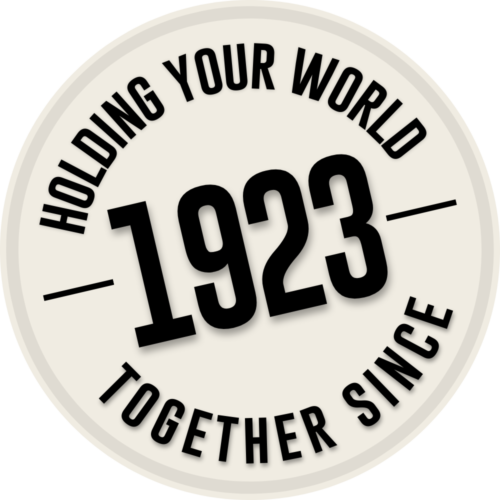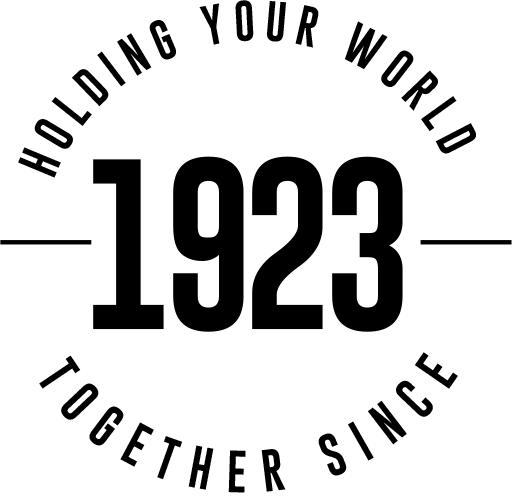Indigo creates beautiful variations of blue on t-shirts, scarves, bandanas, and much more! View the mobile-friendly tutorial here.
What is Indigo Dye?

Indigo dye is an organic compound with a distinctive blue color. Historically, indigo was a natural dye extracted from the leaves of some plants of the Indigofera genus, in particular, Indigofera tinctoria. Most indigo dye produced today is synthetic, constituting several thousand tons each year. It is most commonly associated with the production of denim cloth and blue jeans, where its properties allow for effects such as stone washing and acid washing to be applied quickly.
Indigo can dye all types of natural fibers. It gives beautiful shades of blue — from the palest summer sky to an almost purple-black. The color achieved depends on the type of vat, the concentration of indigo, and the number of dips.
Indigotin (the dye component of indigo powder) is insoluble in water. To use it for dyeing it must be reduced to a water-soluble form. All indigo vats need three things: 1) indigo 2) a reducing agent 3) a base.
The Basic Indigo Dyeing Process
Indigo is a natural dye and is a fun activity to try on your own, with a group of friends, or share with your family. It is a process that combines creativity, nature, and chemistry.
When you are dyeing with indigo, work slowly in the vat to avoid splashing and dripping. Avoid dropping the fabric to the bottom of your vat, where the sediment is. This can kick up the fine particles and give you murky results.
Step 1 – Gather Your Materials

Supplies Needed:
- Alliance Rubber Tie-Dye Rubber Bands
- Natural indigo dye
- Fabric for dyeing
- 5-gallon bucket
- Long spoon or paint-stirring stick
- Rubber gloves
- Access to a sink
Step 2 – Tie Up Your Fabric
Folding, twisting, and tying the fabric creates areas where the dye cannot penetrate the fabric. The way you fold and tie will create unique and intricate patterns. While you may have some indication of what the fabric will look like when it is done – there is always some element of surprise. One package of our Tie-Dye Rubber bands contains an assortment of sizes, making it ideal for creating patterns on a wide variety of fabrics. From t-shirts to scarves and bandanas, you’ll find the perfect rubber band for your project – all in just one package.
Step 3 – Mix the Dye Vat

Using a 5-gallon bucket, mix up the dye at least 30 minutes ahead of time. This dye can last at least one week – if kept covered tightly.
Step 4 – Dye the Fabric

Submerge the fabric in the dye for at least 60 seconds and up to several minutes. When you finally pull the fabric out of the dye it will appear bright yellowish-green in color. As you let the fabric react to the air surrounding it, the dye will oxidize and begin to turn blue. The color will slightly intensify over the next 20 minutes or so. You can repeat the process to ensure a very intense blue color. You can let your items sit for 20 minutes or as long as overnight.
Step 5 – Untie and Rinse Fabric
Once all of the rubber bands are removed, it is necessary to rinse the fabric really well to remove any excess dye.
To fully set the dye, wash and dry according to the instructions on your garment’s fabric care label.
The Use of Rubber in the Textile Industry
Rubber Bands are a handy tool for tie-dye activities at home, but they also have a proven history in the manufacturing of textiles, footwear, and other miscellaneous garments. In fact, rubber bands are useful throughout the entire textile manufacturing process. From bundling parts and pieces along the assembly line to providing elasticity inside the finished product – the durability and versatility of rubber products make them perfect for applications within the Textile Industry. So, whether you’re a DIY-er at home or a textile manufacturer, Alliance Rubber Company provides a wide array of solutions specifically designed to fit your needs. Want to learn more? Fill out our contact form!





